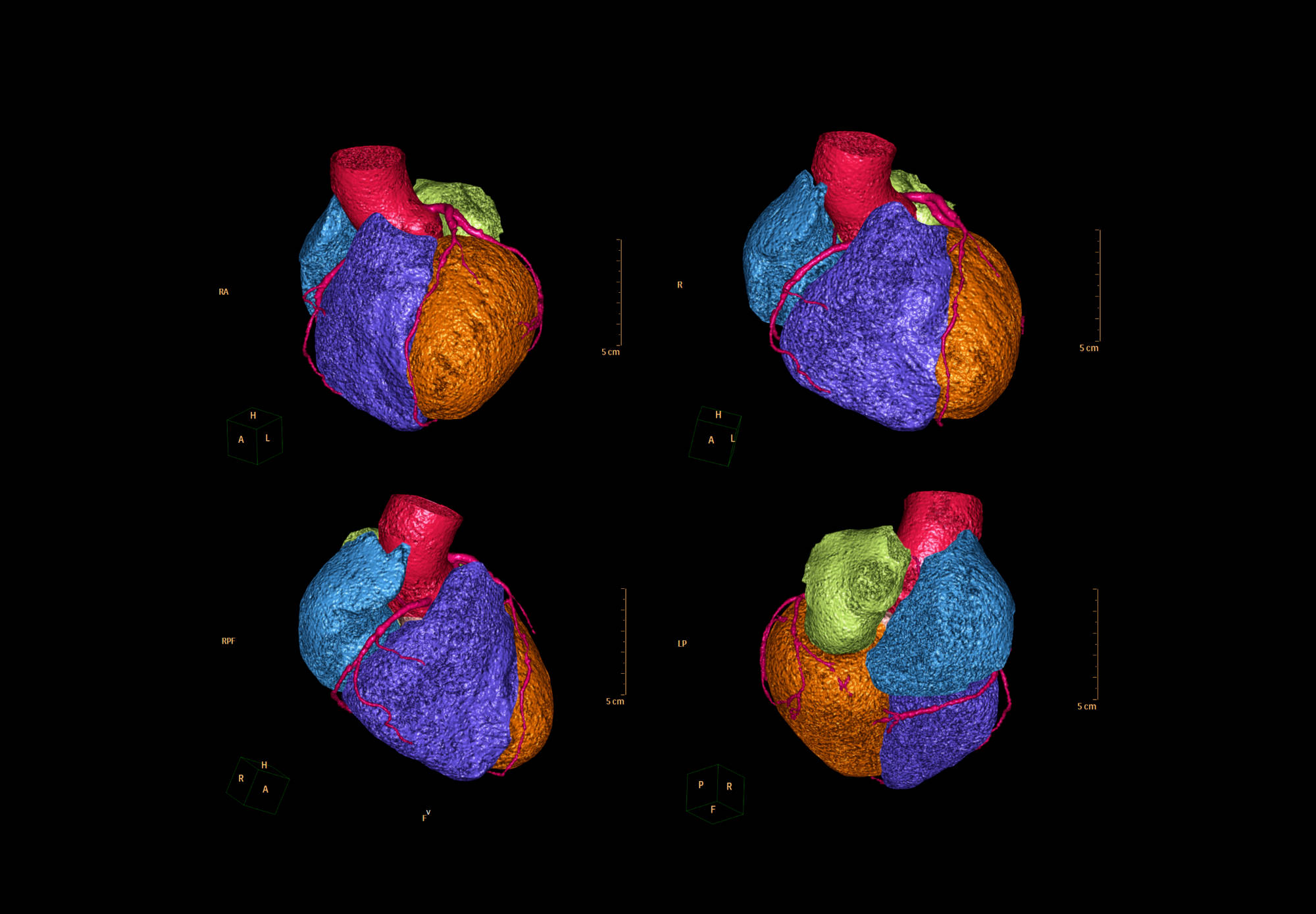Myocardial ischemia is a condition in which blood flow through one of the three coronary arteries is restricted, reducing the availability of vital oxygen and nutrients for cardiac muscle. Common symptoms include chest pain, cold sweats, shortness of breath, fast or irregular heartbeat, and nausea. It is generally caused by coronary artery obstruction, also known as atherosclerotic coronary artery disease (CAD), which remains one of the leading causes of death worldwide [1]. Myocardial ischemia can complicate anesthesia administration and increase risk of poor patient outcomes; therefore, special considerations must be taken to maintain surgical efficacy.
Studies have shown that administering cardioprotective anesthesia can have a significant positive effect on surgical outcome in patients with myocardial ischemia. Many volatile agents tend to be cardioprotective and are therefore preferable to other anesthetic interventions. For example, De Hert et al. demonstrated that sevoflurane reduced cellular damage and showed improved post-operative cardiac function following coronary surgery as compared to a propofol-based treatment [2]. A follow-up study showed that high-risk elderly patients benefited from the cardioprotective effects of sevoflurane and desflurane, which was associated with shorter length of stay in both the intensive care unit and the hospital, as well as reduced likelihood of a 48-hour or longer stay in the intensive care unit [3]. It therefore may be highly beneficial for cardiac patients with myocardial ischemia to be administered cardioprotective agents as part of their anesthetic regimen to reduce risk of post-operative complications.
One of the most important anesthesia considerations in patients with myocardial ischemia is maintenance of a stable heart rate. For example, the administration of beta blockers may be necessary to reduce sudden deleterious increases in heart rate and moderate demand for limited oxygen. Close monitoring of myocardial oxygen consumption may also be used to determine need for intervention.
It is often the case that a patient suffers from myocardial ischemia and has not yet been diagnosed. For this reason, it is imperative that the physician identifies possible risk factors for myocardial ischemia—such as advanced age, being a male, hypercholesterolemia, and family history— prior to surgery and prepares accordingly using perioperative pharmacological interventions. Perioperative beta-blocker or statin therapy, for example, is recommended in high-risk cases or in patients with a history of medication. In known cases of myocardial ischemia, specialized preoperative testing using an electrocardiogram may be necessary to characterize severity.
Given that myocardial ischemia has been highly correlated with adverse surgical outcomes and prolonged recovery times, multiple strategies may be necessary to successfully mitigate risk. Plans for anesthetic intervention should therefore depend on patient history, severity of myocardial ischemia, and a thorough assessment of other cardiac complications.
References
[1] World Health Organization. The top 10 causes of death. (2019). Retrieved from https://www.who.int/news-room/fact-sheets/detail/the-top-10-causes-of-death
[2] De Hert SG, ten Broecke PW, Mertens E, et al (2002). Sevoflurane but not propofol preserves myocardial function in coronary surgery patients. Anesthesiology, vol. 97 (pg. 42-9)
[3] De Hert SG, Van Der Linden PJ, Cromheecke S, et al (2004). Choice of primary anesthetic regimen can influence intensive care unit length of stay after coronary surgery with cardiopulmonary bypass. Anesthesiology, vol. 101 (pg. 9-20)
